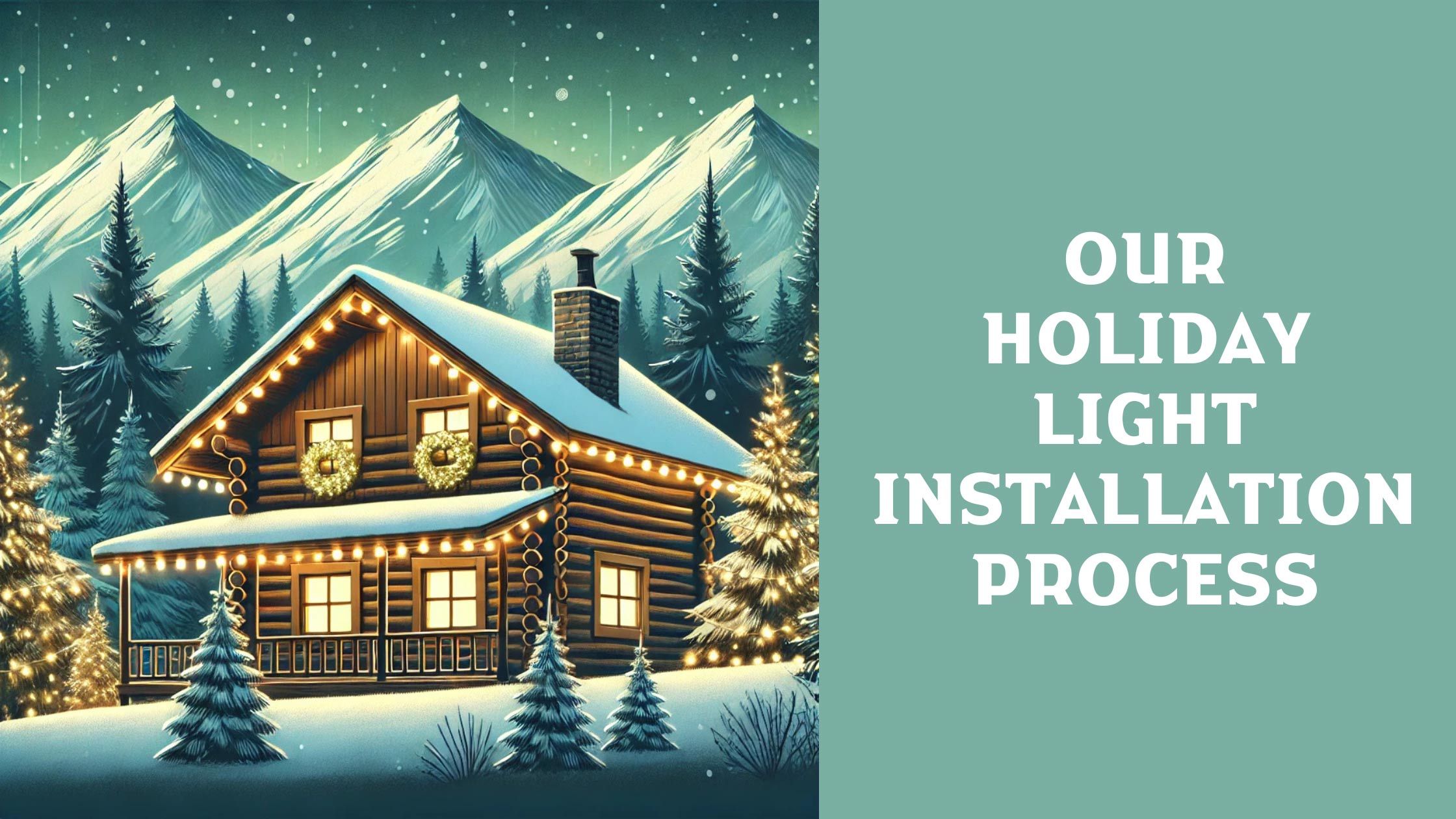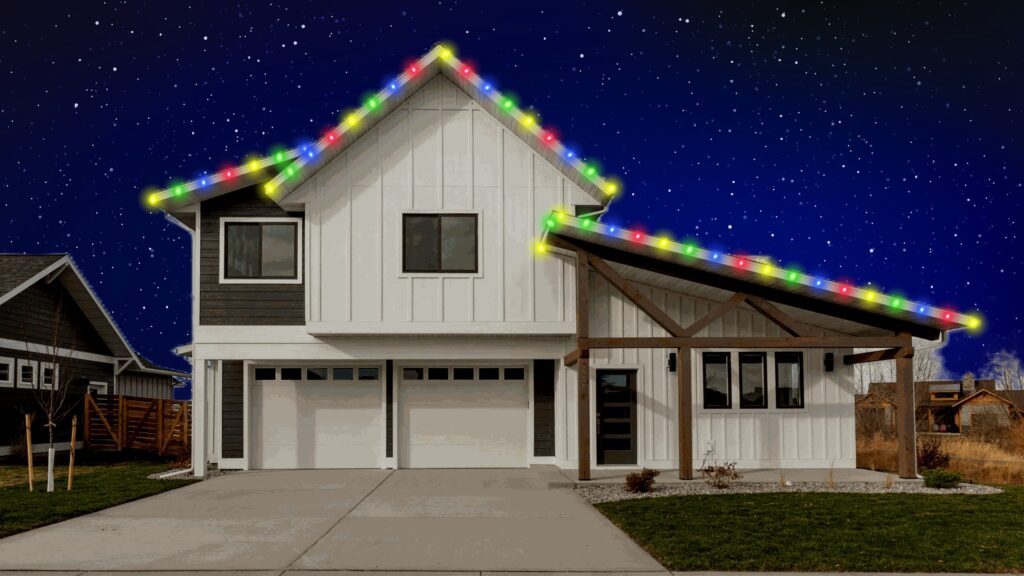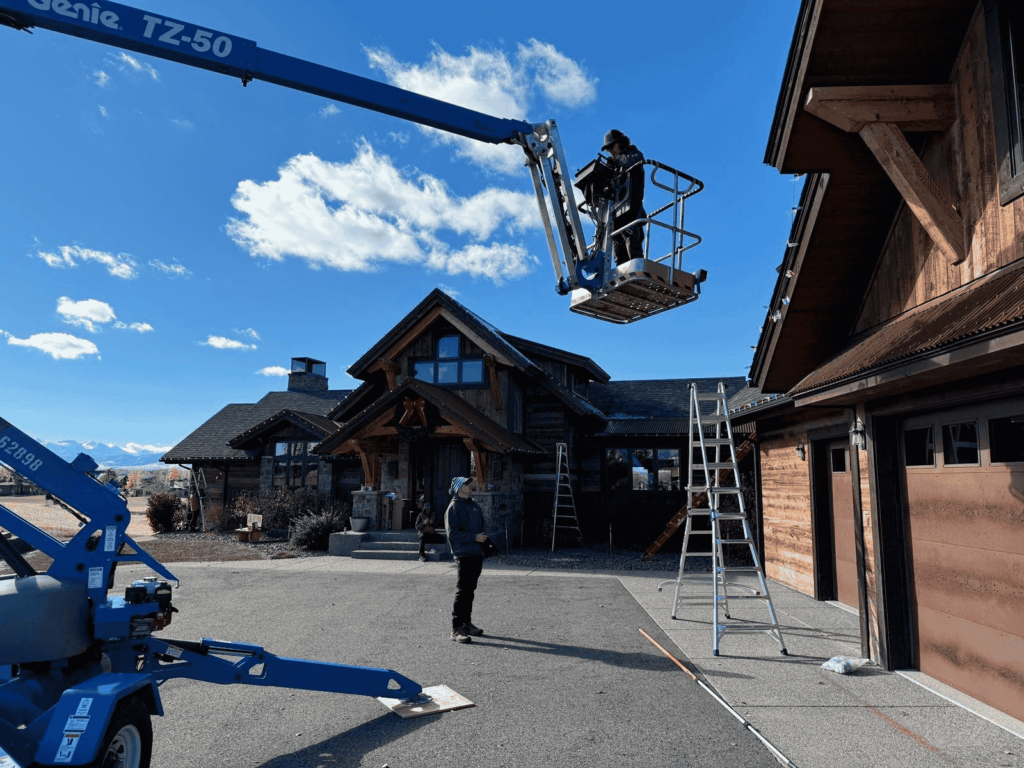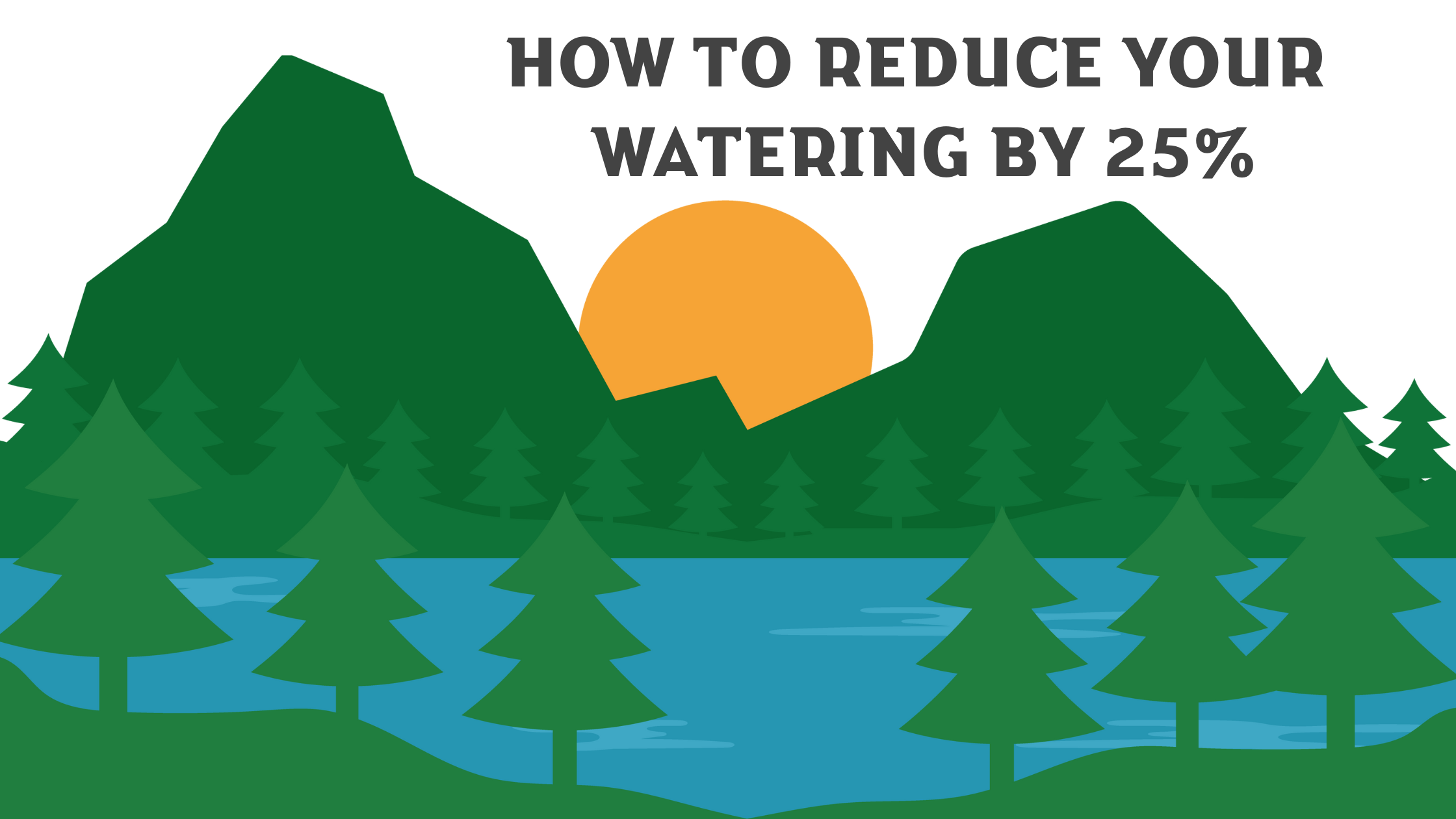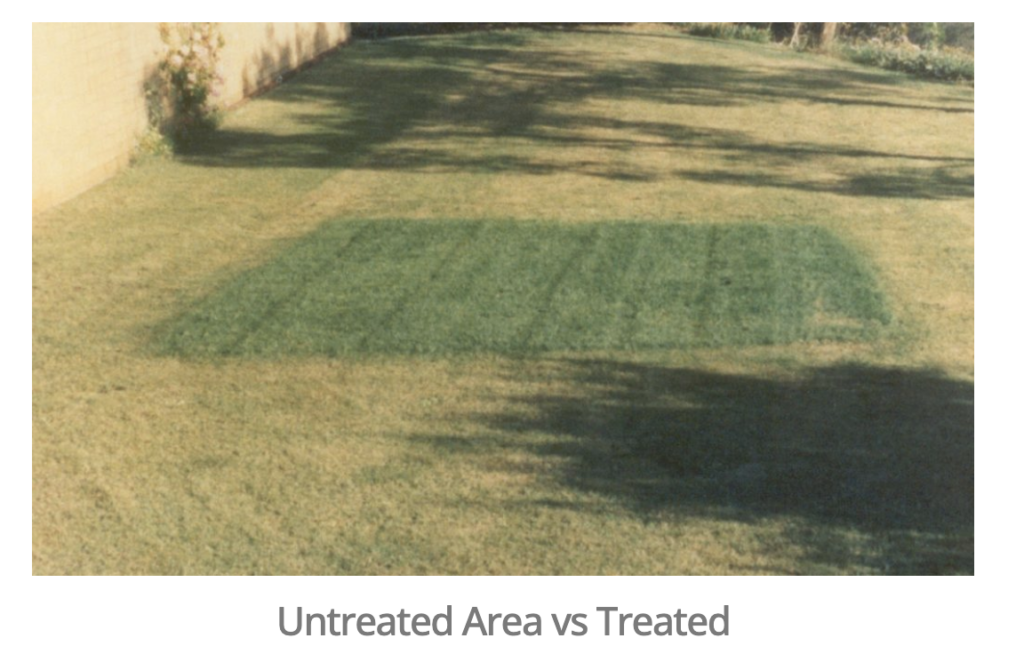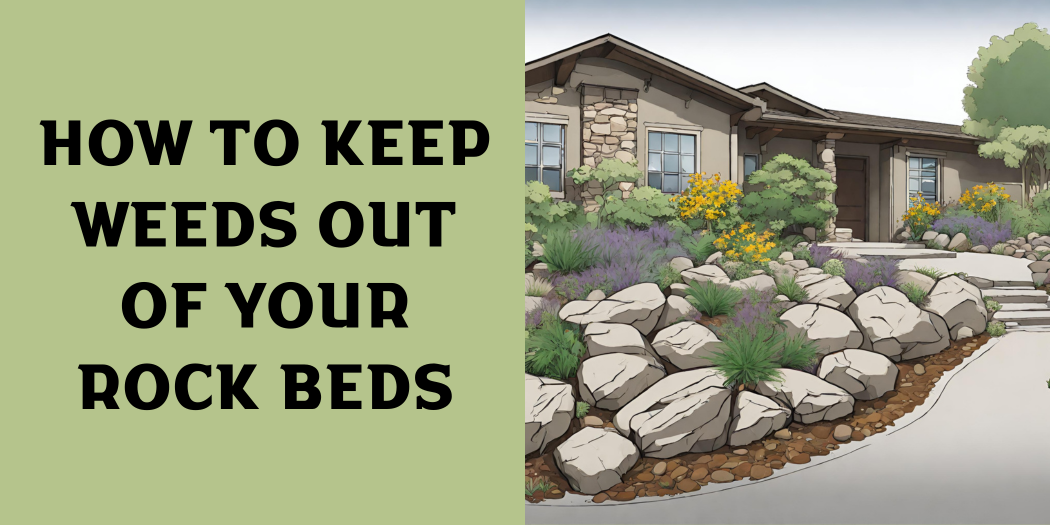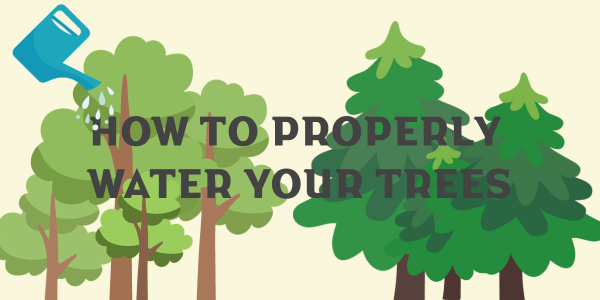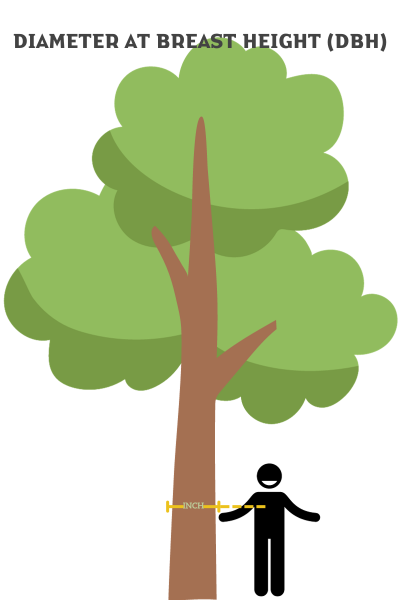When Will My Weeds Go Away?
So, you just signed up for a Yard Guard lawn care program—woohoo! You’re probably thinking, “Awesome! My weeds will vanish, and my lawn will be the greenest one on the block after just one treatment… right?”
Well… not quite. Let’s chat about what to expect, especially when it comes to those pesky weeds.
Timing is everything when it comes to weed control.
Managing weeds isn’t a one-and-done deal—each season brings different challenges. Here’s what you can expect throughout the year, based on the timing of your Yard Guard Lawn Care applications.
Spring Weeds (May – June) | Application 2 of 5
In the spring, when we’re mostly addressing dandelions and clover. You’ll typically see broadleaf weeds begin to desiccate (dry up and curl) within 7 days of treatment.
Dandelions: These will start to curl up within 2-3 days. Typically we can address about 99% of the spring population on the first application.

Clover: Clover is a bit more persistent. You’ll see a noticeable reduction after the first treatment, but complete control may take a couple of years depending on lawn conditions and follow-up care.

Summer Weeds (July-mid September) | Application 3 of 5
In the summer, we’re still addressing some dandelion and clover presence, but are starting to move on to the tougher weeds to manage, including thistle, bindweed, creeping bellflower and black medic, just to name a few! As with the spring, you’ll usually see them curl up around 7-10 days, sometimes the heat can make it go a bit longer.
Thistle: This is a rhizomatous weed, which means it spreads via its roots and can be very difficult to control, especially if it’s been allowed to go uncontrolled for a while. We can absolutely reduce the population and take care of it, but if you have a lot of thistle growth, it can take years to fully eradicate them.
Bindweed: Also rhizomatous and well known for its pretty white and pink flowers that sprout when it’s doing well (also likes to wrap around your ornamentals in your landscape beds or to climb up fences). Typically after the first treatment, you’ll see this weed start shriveling up, but the second year of your services, you’ll see that it’s well managed in the lawn.

Creeping Bellflower: This weed is quite a challenge and is typically seen in some of the older neighborhoods of Bozeman, Livingston and Belgrade. I had it everywhere at my house when I lived near downtown Bozeman. Unfortunately, if you do have this, you’ll never see it fully go away. The best thing you can do is to be on an Organic or Blended Organic lawn care program so that you’re helping the grass roots choke out invasive weeds on it’s own. You can also dormant seed in the fall to add more grass to hopefully continue to choke it out.
Black Medic: commonly confused with Clover, this will typically start to pop out in the late spring and continue through the summer. Our first application of weed control will typically have the curling up and you should see that it’s under control by the second year of your lawn care service.
Fall Weeds (Late-September – October) | Application 4 of 5
In early fall, we switch up our weed control formula to give a final punch to stubborn summer weeds like thistle, bindweed, and creeping bellflower. These weeds are moving energy into their roots for winter, which helps carry the treatment deeper into the plant.
Usually, you’ll start to see twisting of the weeds by 14 days.
You’ll see the same weeds during this timeframe as you do in the summer, but may see the dandelions come back as the nights get cooler.
Fertilizer Applications | Early Spring and Late Fall
Applications 1 and 5 – done in early spring and late fall – focus on giving your lawn a big boost of nutrients through fertilizer. These two treatments are actually the most important in the entire program… and also the most commonly skipped.
A lot of people think weed control alone is the magic fix. It’s not. Weed control definitely helps us get ahead of things, but fertilizer is what makes your lawn strong, healthy, and naturally weed-free.
When your grass is thick and well-fed, it starts to outcompete weeds all on its own, meaning weed control becomes less and less necessary. In fact, my own lawn doesn’t even need weed control anymore. I just use our organic fertilizer, and it thrives because it’s so healthy.
Depending on the application and season, you’ll usually start to see weeds curling up within 7–14 days after a treatment. If that doesn’t happen—no worries! Just give us a call and we’ll come back to spot-spray those stubborn areas.
Here’s a quick outlook:
- Year 1: Expect around 85% weed control on the varieties already germinating in your lawn.
- Year 2: That typically jumps to 95%+, assuming you’re also on top of proper watering and mowing.
 Billpay
Billpay
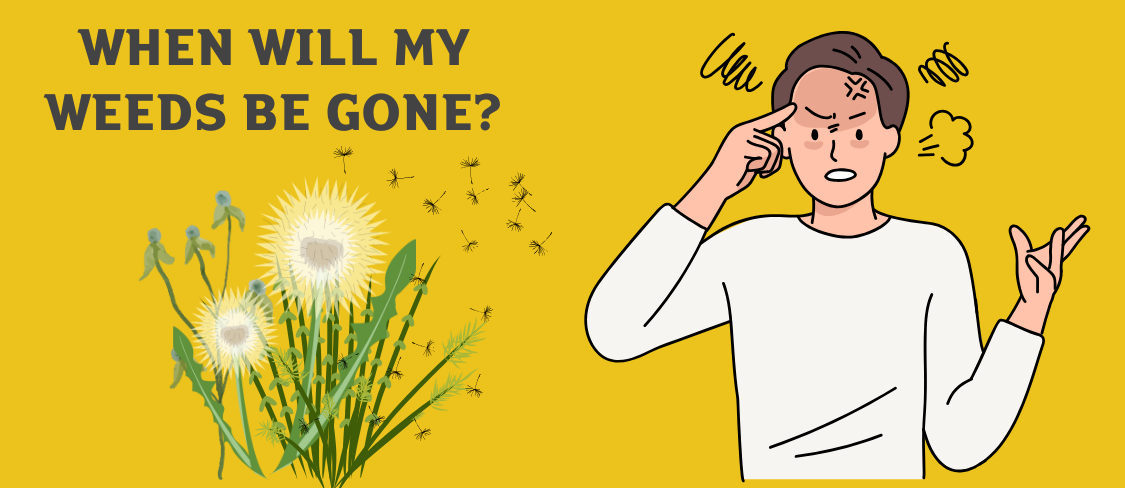
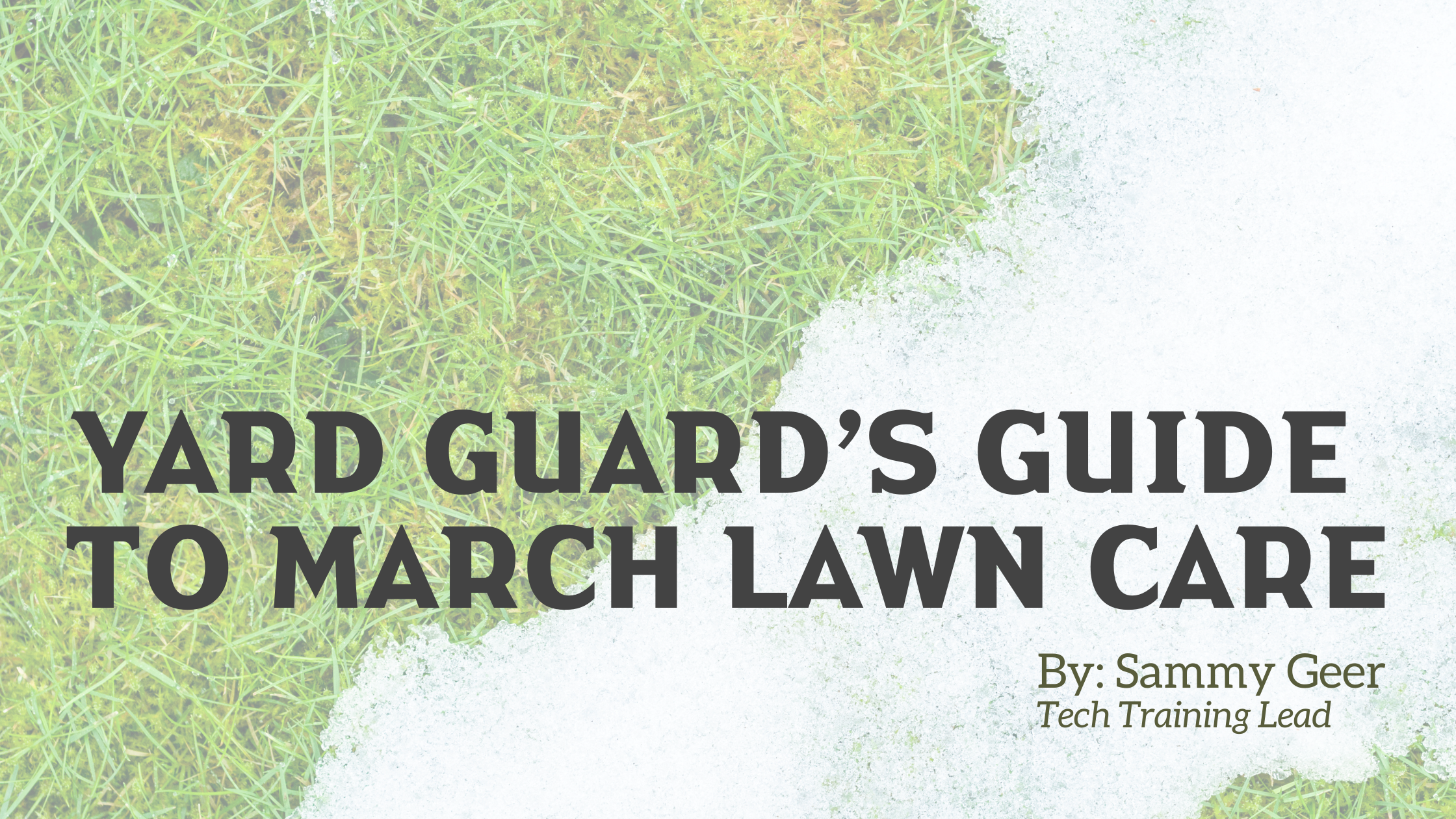
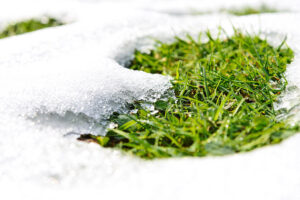
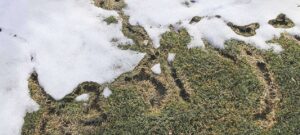
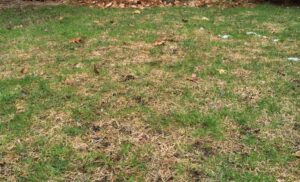 In severe cases, the affected areas can become matted.
In severe cases, the affected areas can become matted.